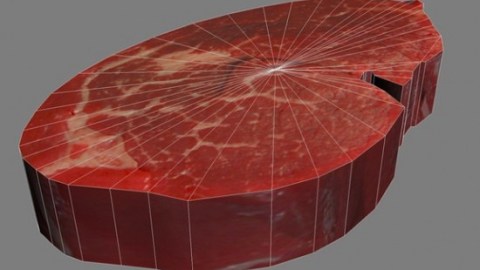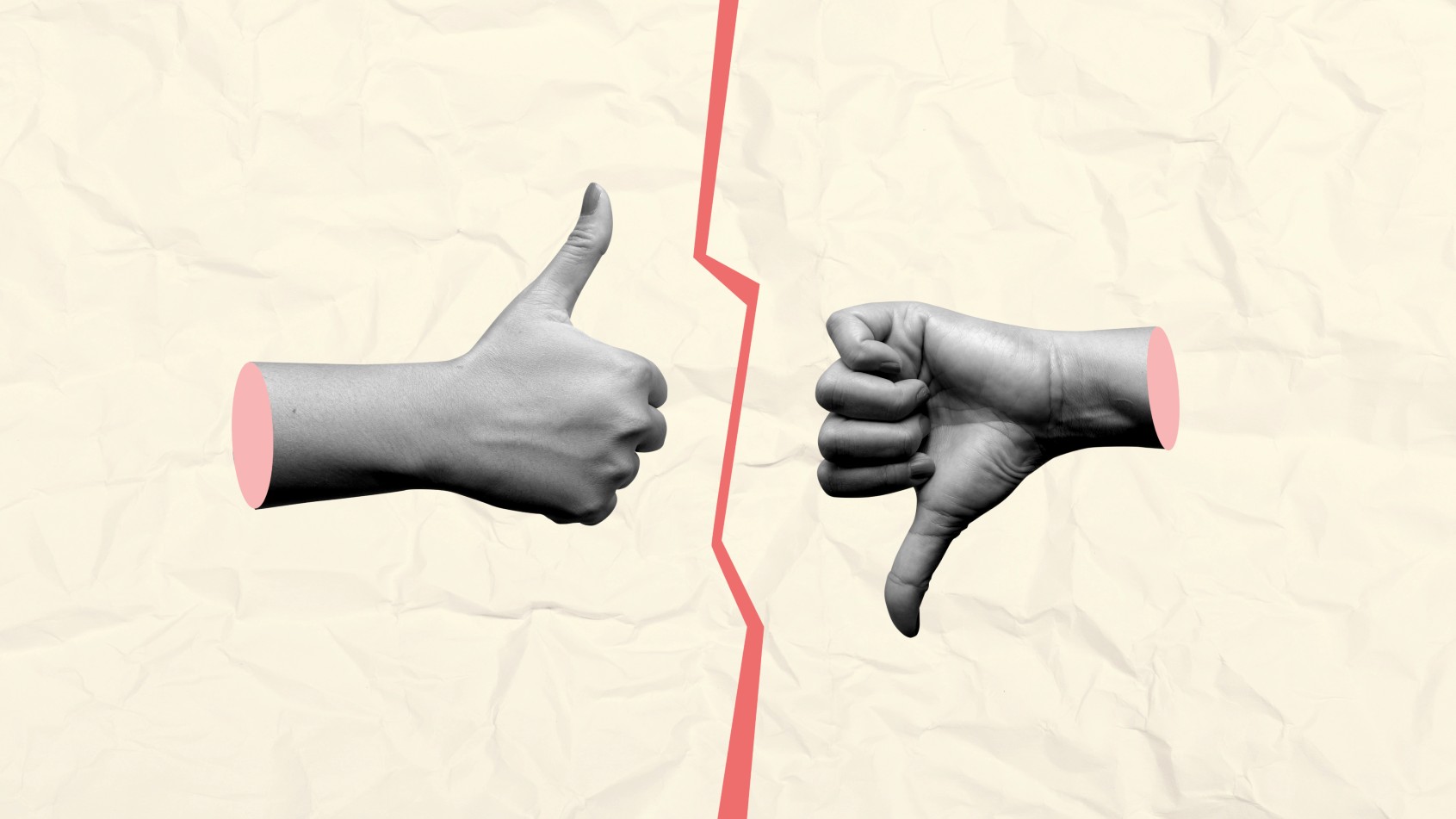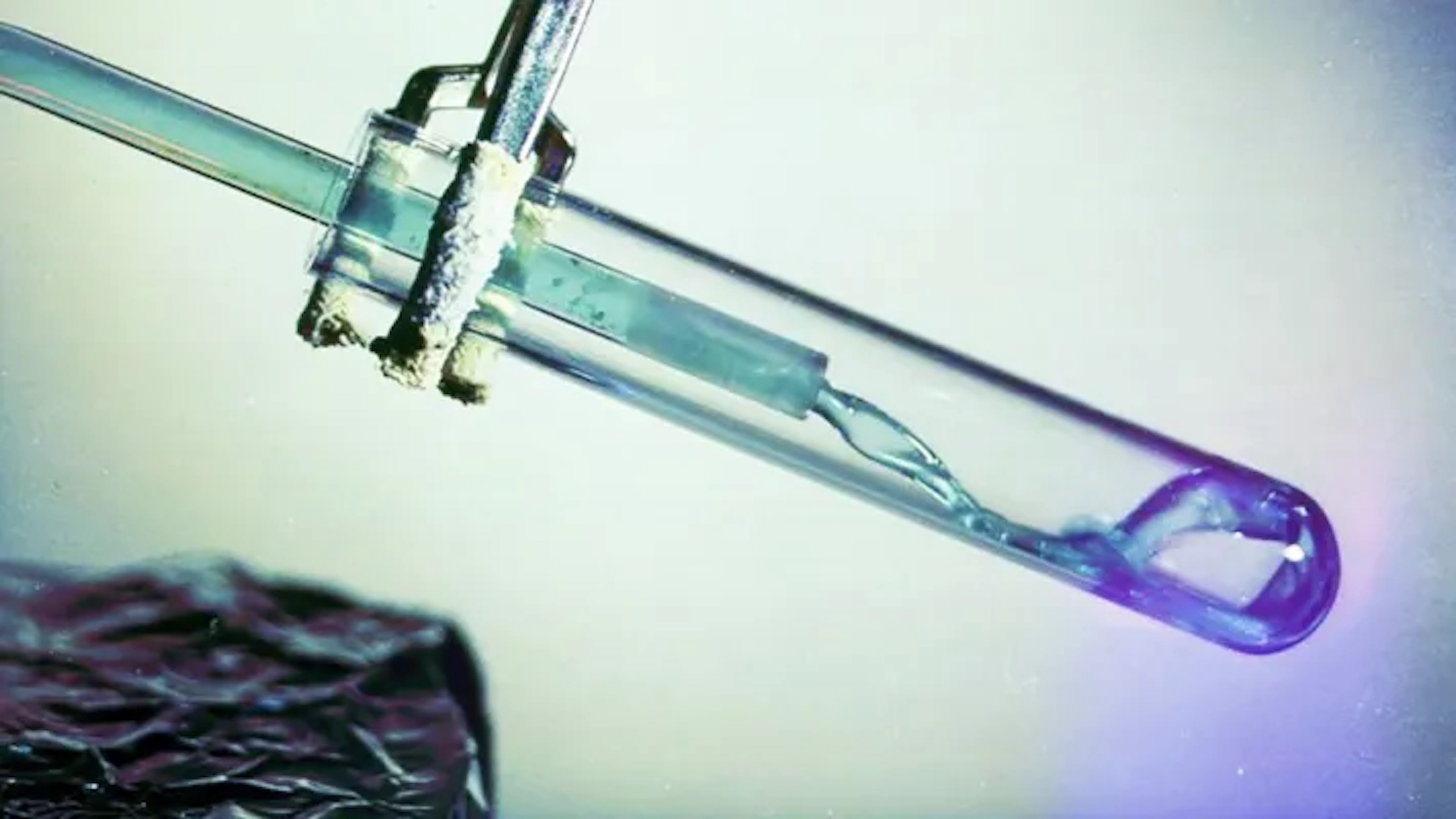Three Delicious Reasons to Love Digital Cuisine

Digital cuisine is something that everybody gets excited about. It doesn’t matter whether you go to a group of very buttoned up executives and you show them a 3-D printer printing food. They seem to end up clustered around it and everybody looks as they see a cookie slowly being printed out on the printer.
You give people 3-D printers and you think they might make replacement shower curtain rings. Or perhaps they are going to make toys for their children. No. They make food. They experiment with chocolate. They may funky cookies. It’s quite interesting that you give people a machine and they really just want to make food. I think that’s a great thing.
The second thing we discovered in researching our book [Fabricated: The New World of 3D Printing] is that there was an unexpected amount of food printing going on in pretty serious research labs. So for example, at the University of Washington, Mark Ganter and Duane Storti run a big 3-D printing lab out there. And one of their students was actually working in the bioprinting field. And he was working on better ways to print replacement tissue. And the way he was doing that is he would go out to the Puget Sound, in the icy waters, and catch crabs. He would bring them home and he’d grind up the crab shell into this paste. And from there he was doing this painstaking research on tissue, artificial cartilage.
So he quickly ran out of crabs and it was just too hard. It was too cold, it was too dark. So he was scratching his head saying, “What is it that I can experiment with and makes mistakes with that’s going to have the same texture as this crab paste that I was making?” He thought about it for a couple days and he said, “I know, it’s got flour, it got salt, it’s got sugar – it’s shortbread cookie dough.” And so he then rigged up a special food printer and started printing shortbread cookies. And here he was able to test some pretty serious tactical issues that he would then later apply to his cartilage research using shortbread cookie dough.
So it was a surprising discovery that while food printing is really popular and appealing to people, a lot of it was actually helping promote some of the research in these parallel fields where people are applying 3-D printing.
There is one last thing that we dreamed up for this book, and I think it’s a great idea. Remember how people would try to lose weight using Slim Fast with these specially-made shakes that had their exact calorie count and nutrient balance. A wonderful application of 3-D printing would be medical. It would be nutritionally-oriented. People could create special recipes, calibrated exactly for their body, their weight loss goals, whether they have a health condition, whether they’re trying to be low-carb, for example. Then they can have a special food printer that would actually read the recipe and special food cartridges that would then make the perfect food for them, food that is completely tailored for their body and their health issues.
In Their Own Words is recorded in Big Think’s studio.
Image courtesy of Shutterstock.





